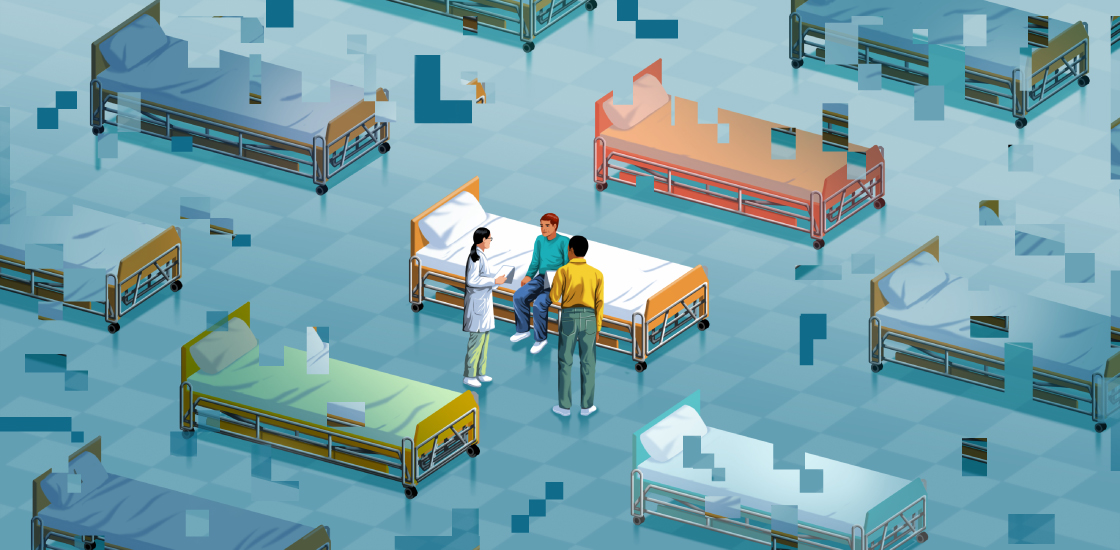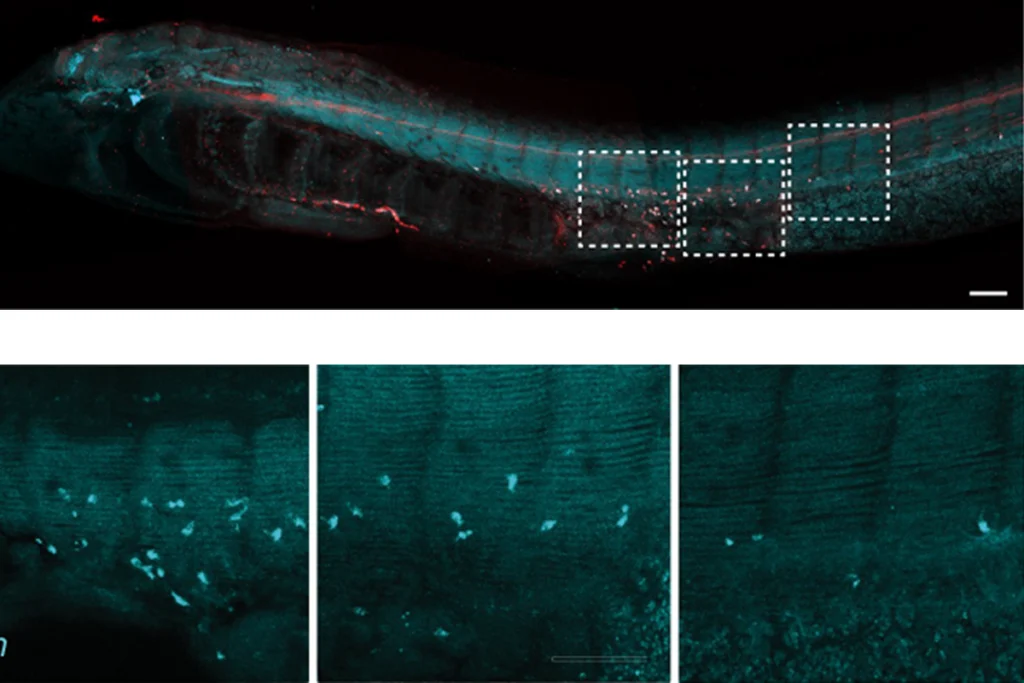Some genetic neurodevelopmental conditions are so rare that scientists cannot find enough participants for conventional placebo-controlled trials of experimental treatments. So some groups, such as the San Diego, California-based nonprofit the n-Lorem Foundation, are resorting to n-of-1 trials that have a single participant.
The foundation is working to develop personalized antisense oligonucleotides (ASOs), which correct protein production issues caused by rare gene variants. In March, the n-Lorem Foundation published a list of more than 100 candidate genes its team is considering for n-of-1 trials, including many genes linked to autism and other neurodevelopmental conditions. With the support of biotech, pharmaceutical and genomic sequencing donors that contribute lab resources and other in-kind donations, n-Lorem develops and provides ASO therapies to participants, who can continue to receive them at no charge for life.
So far, n-Lorem has dosed three trial participants with experimental ASO drugs to treat their rare neurodevelopmental conditions, says Joseph Gleeson, professor of neuroscience at the University of California, San Diego, and chief medical officer at the n-Lorem Foundation. And they aim to treat seven more by the end of 2023. Gleeson declined to disclose the conditions his team is targeting, beyond posting the list of candidate genes, citing privacy reasons.
Spectrum spoke to Gleeson about how a gene makes the list and moves into a trial, what lessons these small trials can teach the field and how other researchers regard n-of-1 trials.
This interview has been edited for length and clarity.
Spectrum: How do you design a study for just one participant?
Joseph Gleeson: Designing a trial for an n of 1 is a huge challenge. You have no control arm; you only have that one person. And so how can you convince yourself and convince skeptics that that drug had an effect? It literally isn’t possible. But you can make sure you have really good information about the patient up to the point that drug is used, to compare it with. And ideally, some of the aspects of what’s being measured should be measured by an unbiased observer, a machine ideally. Even then, it’s possible that you will be biased.
S: How does the regulatory process for an n-of-1 trial differ from your usual placebo-controlled trial?
JG: It is totally different. The U.S. Food and Drug Administration (FDA) has issued special guidelines for antisense drugs. They allow these drugs to be used on a compassionate basis. Normally, if you’re using a drug on a compassionate basis, you’re using a drug that has already been in people, so you know the side effects. The FDA considers antisense drugs to be similar to each other because they have the same backbone. The only difference is the actual DNA bases that they’re composed of, so it considers the class to be de-risked to the point where, if it’s for a severe debilitating or life-threatening condition, we can get approval from the FDA within a couple of weeks. That has been a game changer.
S: How have you and your n-Lorem colleagues decided which genes go on the list and which ones go to trial?
JG: Patients are nominated by a doctor at a tertiary care center. The application comes to n-Lorem; then it goes to a team of scientists who look at it and decide if there’s evidence to suggest that an ASO might benefit the patient. These are experts in antisense drugs, clinical trials, safety and ethics. If they think the patient would benefit, the patient is presented to a committee called the access-to-treatment committee, which consists mostly of physicians. If they think an ASO could help, then the process bifurcates into two separate, parallel stages: One is the drug discovery pipeline, and the other is an n-of-1 natural history study to plot the clinical trajectory without intervention.
We’ve tried to operationalize this over the past two years, since we’ve had almost 200 nominations. And we make a commitment to getting back to the nominator within a month with a decision.
S: How do the goals of an n-of-1 trial differ from those of conventional clinical trials?
JG: In a standard FDA trial, the goal is to see if patients benefit from the drug. But with these n-of-1 trials, we have a dual purpose: We’re trying to improve someone’s life, and we’re also trying to objectively measure some aspect of improvement that could guide future treatments. We must put outcome measures in place that we think are going to be meaningful, not just for that one patient, but if another patient comes along that could benefit from that same drug.
We could use what we learn from the first patient to help design even better trials for the second patient. Or maybe we want to use those same outcome measures in multiple locations, if we’ve got 10 or 15 patients treated with the same antisense drug and we’re doing the same measurements. In that case, we’re starting to get pretty close to a clinical trial, we just still don’t have a placebo arm. But what we do have is the natural history of that condition when it’s untreated, for comparison.
S: With no placebo-group comparison, how do you determine success or failure in an n-of-1 trial?
JG: The trials are one year long, with defined primary and secondary endpoints determined by a committee constituted of clinical trialists. They currently exclusively use the patient’s prior history and course of disease against which to measure their response to treatment. This leaves potentially two answers to the question. One is, if the family and doctors think the patient has responded, then probably some of the outcome measures will reflect that. The other is just the desire to continue; if there are no adverse effects, the family will likely want to continue treatment.
It’s possible, though, that you have objective improvement and no subjective improvement. Those situations could be more difficult for the families to decide if they’re going to continue therapy. Either way, n-Lorem makes enough drug to last the patient’s entire lifetime, so the drug is available no matter the results. But we think these trials are going to really have huge effects. We don’t expect the effects are going to be subtle.
S: What would it look like for a trial participant to have objective improvement without subjective improvement?
JG: Maybe they have a very slight change on the Child Behavior Checklist or something like that, but it’s not meaningful enough to the parents, because, I mean, antisense drugs are not without risk, and they’re not without discomfort. The first couple of doses usually are administered with conscious sedation. It’s possible that once a child gets used to them, they can be administered without sedation, but it’s still a spinal tap, so there has got to be enough benefit there. For now, these therapies require a real commitment from the families.
S: And what is the temperature of the scientific field toward these n-of-1 ASO trials?
JG: Cautious optimism would be a good way to phrase it. Some scientists are very, very skeptical that we will learn anything from n-of-1 trials. They don’t consider n of 1 to be an experiment because there’s no control, and I think that’s a reasonable perspective. But from what I’ve seen, the outcome differences are going to be so profound that there will be no doubt that the patient benefited. It’s just a matter of managing risk. I think what we don’t want to have happen is what happened with the two recent KCNT1 patients who got ASOs and developed hydrocephalus. I think that that is kind of a worst-case scenario. Even if the first drugs don’t prove to be beneficial, we would rather err on the side of caution and safety, to make sure that the patients tolerate the drug, and we’re learning a lot.



